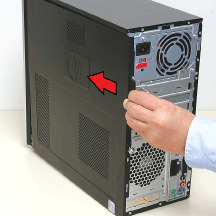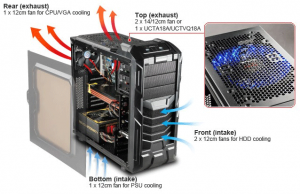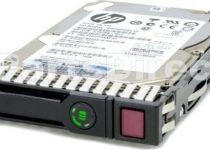7 easy step to fix HP Desktop overheating issue
With the temperature of your HP PC rising above 35 degree Celsius(95 degrees Fahrenheit) can highly increase the risk of losing the functionality or a system crash or can also be as hazardly as losing the internal components. For any kind of issue related to your HP desktop, you can take the help from HP Desktop Support team.
Except physically touching the Pc and realizing that it might have gotten too hot is the extreme case of overheating. Because this issue rises much before giving a sense of the external temperature by touch. Below are some of the lookout options for identifying the overheating of your HP desktop:
- Extreme fan sounds (sometimes leading to a noisy decibel).
- Crashing, hanging or appearance of a blue screen during an ongoing application (games stop responding while playing).
- Constant restart or shut down occurs of the system on its own.
- The temperature of the PC rises even when no applications are being run on the system or in their idle state.
- Windows suddenly stop responding during use.
- While turning ON the PC a black screen appears and then it refuses to open the Windows screen.
- Hardware associated with the PC like mouse or keyboard also stops responding in between.
Possible reasons for overheating:
- The prime reason is the high accumulation of dust inside the computer.
- Cooling fans might have undergone wear and tear over time and have therefore slowed down.
- High room temperature, where the HP PC is placed.
- Poor ventilation.
- If a new component is added to the system, it could generate more heat from the power supply by making the latter work harder.
- Overclocking the CPU or heavy loads in the form of applications, like generating 3D rendering, complex financial models and using CAD software.
- Failure of the CPU cooler which comprises a fan, heatsink and a thin layer of thermal conductant.
How to fix this problem?
STEP 1: CHECKING THE COMPUTER BY REMOVING THE COVER

- Switch OFF the PC and remove the power plug from the socket.
- Remove the side panel screws attached to the outer cover of the CPU.
- Now pull out the cover and only then turn ON the PC.
- Run an application which usually starts responding often and see if the problem is still occurring.
- If yes, then probably heat generation is not the reason for the unresponsive feature of the application.
- If no, then probably heat generation is the reason and now you can proceed to the next steps mentioned below.
STEP 2: CHECK THE COMPUTER FANS

- Using a flashlight you can notice the cooling fans near the vents and around the processor.
- If the fan is operating and making noises, then you are good to go.
- But if it is not working, then it probably is time to replace your cooling fans.
STEP 3: REMOVE THE DUST BUILDUP
- Turn Off the computer and remove the power plug.
- Remove dust using a fine and soft brush around the vents of the power supply.
- A small vacuum cleaner can also be used to clean the dust accumulation from the interior section of the power supply or the exterior vents.
- Now attach the cover and turn ON the power supply.
- Check for the prevailing issues, if not solved, proceed further.
STEP 4: SUFFICIENT VENTILATION SPACE
- Check whether free space of about 6 inches is provided to the front and rear of the computer.
- Make sure that the computer is placed on a sturdy and flat surface.
STEP 5: AMBIENT TEMPERATURE
- Ensure that the surrounding temperature or the inside temperature of the room where the PC has been placed is not too high in temperature.
- Suggestions are made to rather keep the PC in a cooler room.
STEP 6: BIOS UPDATE
- BIOS is basically a platform enabling the smooth coordination of the system’s hardware with the software. For eg. It contains the information regarding where to boot from (Network or hard drive).
- HP regularly engages in releasing BIOS Updates and thus keeping the system up-to-date could help resolve this issue.
STEP 7: VERIFY HARDWARE FAILURES
- If after performing all the above checks the problem still persists, the reason probably could be a malfunctioning or non-operational hardware component.
- HP provides the respective diagnostic firmware to check the functionality of the hardware components.
HP Desktop Support

For more details on rectifying the issue, you can reach out to HP Desktop Support and avail their 24×7 toll-free service at +1-888-621-0339 and also join their monthly and yearly subscriptions during which the customers can enjoy free services without any hidden charges. The shining feature of HP Desktop Support is that there is no need to worry about picking and dropping your system from store to store but can rather receive solutions over the phone.


